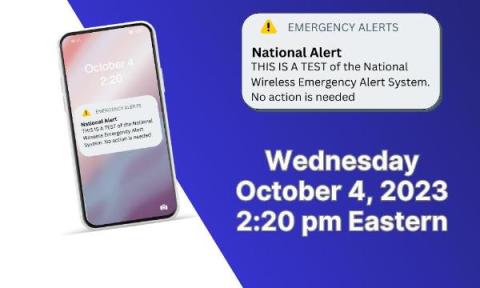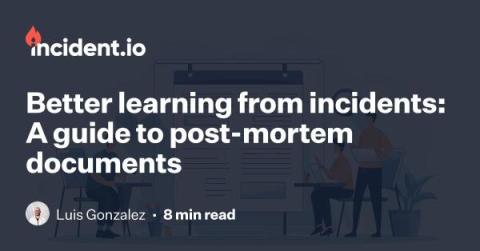Operations | Monitoring | ITSM | DevOps | Cloud
Incident Management
The latest News and Information on Incident Management, On-Call, Incident Response and related technologies.
Better learning from incidents: A guide to incident post-mortem documents
If you’re just starting out in the world of incident response, then you’ve probably come across the phrase “post-mortem” at least once or twice. And if you’re a seasoned incident responder, the phrase probably invokes mixed feelings. Just to clarify, here, we’re talking about post-mortem documents, not meetings. It’s a distinction we have to make since lots of teams use the phrase to refer to the meeting they have after an incident.
Status Pages 101: Everything You Need to Know About Status Pages
Status Pages are critical for effective Incident Management. Just as an ill-structured On-Call Schedule can wreak havoc, ineffective Status Pages can leave customers and stakeholders, adrift, underscoring the need for a meticulous approach. Here are two, Matsuri Japon, a Non-Profit Organization and Sport1, a premier live-stream sports content platform, both integrate Squadcast Status Pages to enhance their incident response strategies discreetly. You may read about them later. Crafting these Status Pages demands precision, offering dynamic updates and collaboration.
Clouds, caches and connection conundrums
We recently moved our infrastructure fully into Google Cloud. Most things went very smoothly, but there was one issue we came across last week that just wouldn’t stop cropping up. What follows is a tale of rabbit holes, red herrings, table flips and (eventually) a very satisfying smoking gun. Grab a cuppa, and strap in. Our journey starts, fittingly, with an incident getting declared... 💥🚨
Accelerate change alert discovery and incident resolution with Root Cause Changes
Today, the majority of organizations operate under a hybrid cloud structure. Due to this, operations are consistently met with daily infrastructure and software changes and updates, which are also the primary cause of incidents and outages. Long gone are the days when a tech stack could be represented by a single dependency model. Microservices, CI/CD, and containers across multi-cloud make it extremely difficult to track all the changes and connect them to incidents.
Why automated Root Cause Analysis matters for driving down MTTR
Finding the root causes of IT anomalies can be challenging, but the rewards are worth it. By identifying the root cause or causes of an incident or critical failure, response teams can resolve incidents faster and determine the best steps to avoid having them recur. This can drive down both the frequency of service interruptions and their duration.
The Ultimate Guide to DORA Metrics for DevOps
In the world of software delivery, organizations are under constant pressure to improve their performance and deliver high-quality software to their customers. One effective way to measure and optimize software delivery performance is to use the DORA (DevOps Research and Assessment) metrics. DORA metrics, developed by a renowned research team at DORA, provide valuable insights into the effectiveness of an organization's software delivery processes.
How we've made Status Pages better over the last three months
A few months ago we announced Status Pages – the most delightful way to keep customers up-to-date about ongoing incidents. We built them because we realized that there was a disconnect between what customers needed to know about incidents, and how easily accessible this information was. For example: As we built them, we focused on designing a solution that powered crystal-clear communication, without the overhead — all beautifully integrated into incident.io.











